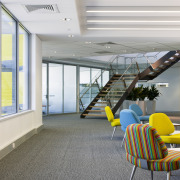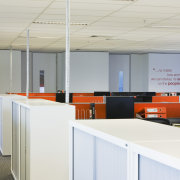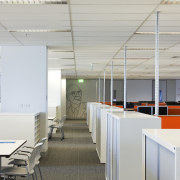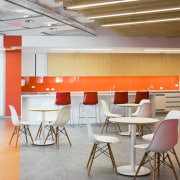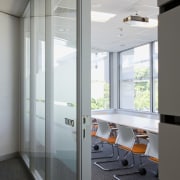Global positioning
With many of the world's most significant buildings already in its portfolio, engineering giant Arup is gearing up for an even greater expansion in Australia
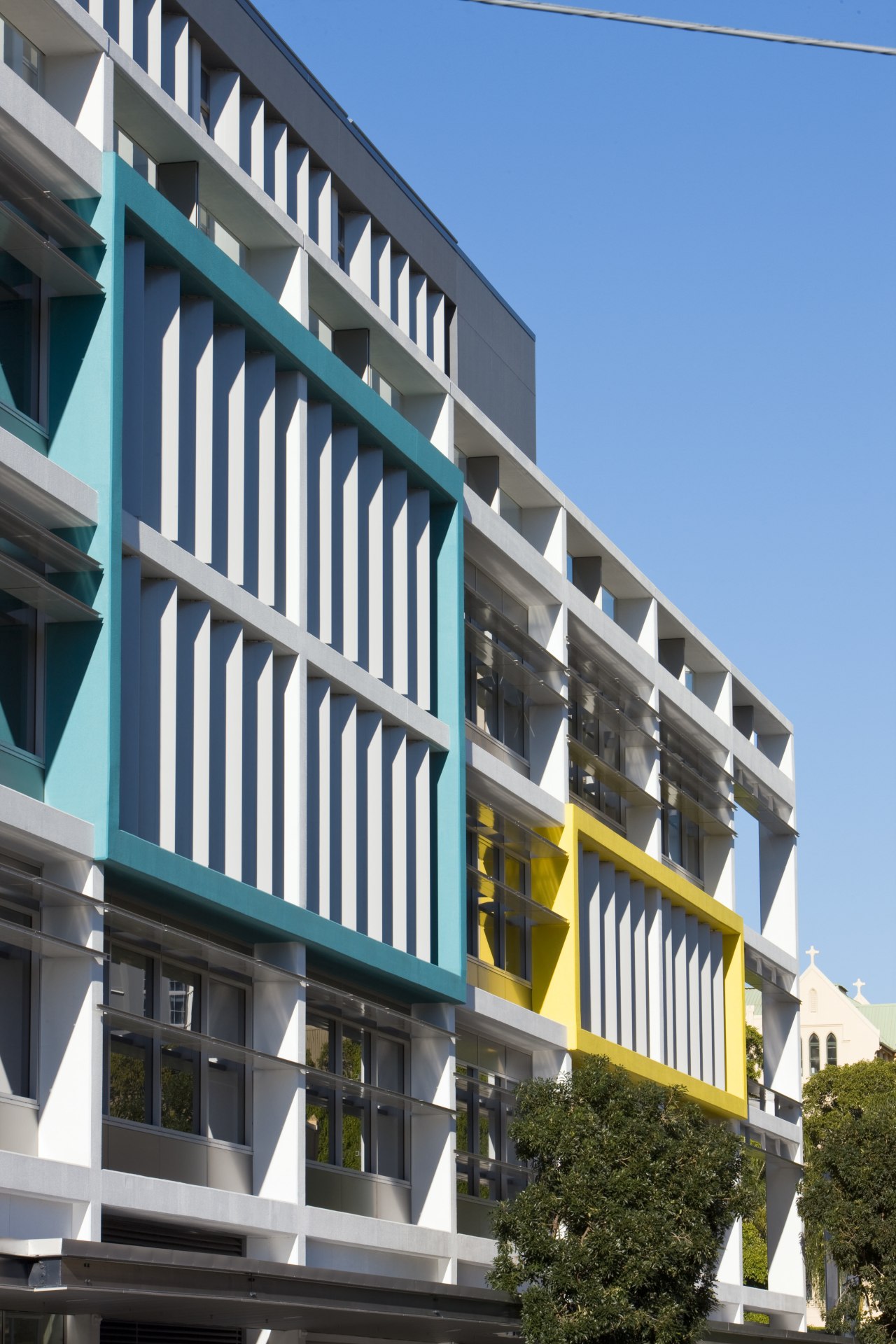
From the Water Cube and the Bird's Nest National Olympic Stadium in Beijing to the Centre Pompidou in Paris and the Sydney Opera House one engineering consultancy has made its mark on the global landscape with its ever-increasing collection of iconic projects.
The Arup Group, an international firm of designers, engineers, planners and business consultants, has made its presence felt strongly in Australia. Since arriving in 1963 to undertake the structural design of the Sydney Opera House, Arup Australasia has expanded rapidly. And for Arup Brisbane, the significant and ongoing growth over the past few years has meant the company has also needed to expand into new premises in the new Centenary Square building at 108 Wickham Street, Fortitude Valley.
Paul Wallis, Brisbane office leader, says the move signals a new era for Arup in Brisbane.
"This is a very exciting time for the company," he says. "Arup Brisbane has grown at a phenomenal rate over the past few years, due to a number of key projects and the development of new business groups. We now have a team of more than 400, and the new space gives us a great working environment. It also gives us plenty of room to grow while we continue to raise our profile working on significant projects in the Queensland region."
Wallis says the move to new premises coincides with the company's 30th anniversary in Queensland, which provides an opportunity to reflect on the growth and achievements over the past three decades.
Notable Arup projects in Queensland include Brisbane's iconic Suncorp Stadium, the Brisbane Convention and Exhibition Centre, Goodwill Bridge, The Millennium Arts Project (which encompasses the State Library of Queensland and the construction of the Gallery of Modern Art), Aurora Apartment Towers (Brisbane's tallest building) and the Princess Alexandra Hospital. The company also worked on SAFElink the upgrade of Centenary Highway/Ipswich Motorway Interchange; South East Queensland Infrastructure Priority Planning, the Mitchelton to Keperra Rail Upgrade, and Queensland Brain Institute.
Arup is currently working on the next wave of iconic projects including Tank Street Bridge, 111 Eagle Street, Airport Link and Northern Busway (Australia's largest road infrastructure project) and the Boggo Road Eco Sciences Project. Key projects on the Gold Coast include the Macintosh Island footbridge and the Bond University Mirvac School of Sustainable Development. Arup Queensland's work is not restricted to the South-East, however, with credits such as the Cairns Convention Centre, Mackay Convention Centre, Far North Queensland Regional Water Supply Strategy and the Gladstone-Fitzroy Pipeline Project.
Wallis says that Arup's global network provides a springboard for the local business.
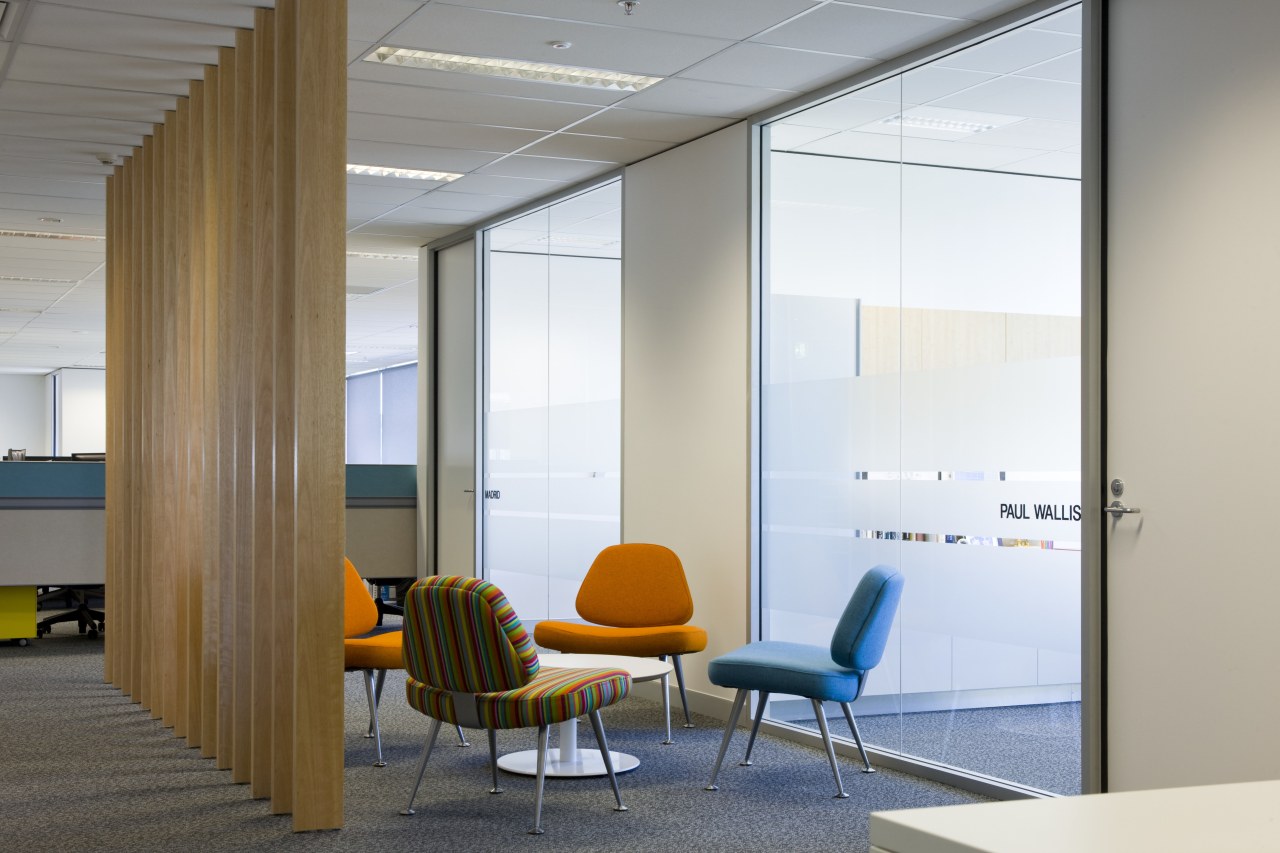
"Arup has three main global business sectors buildings, infrastructure and consulting and any given project may involve people from any or all of the sectors or regions in which the firm operates. This network gives us unparalleled strength to mobilise multidisciplinary expertise from every corner of the world to where it is needed."
Wallis says the move to a new landmark building gave Arup the opportunity to address strategic accommodation requirements and embrace the company's vision beyond 2008. The move also enabled Arup to reinforce its commitment to environmental sustainability. The fit-out, designed by Arup and HBO + EMTB and built by Isis, is registered to achieve a Green Star Office Interiors rating.
Key sustainable design features include the use of recycled and environmentally friendly timbers and green-rated USG Powerscape Health® wall linings. Natural light is also maximised, with workstations positioned no more than 8m from the windows.
The design also sought to minimise costs associated with churn and organisational changes. A flexible planning approach and logical facilities management using modular systems furniture ensure the office space is adaptable.
The interior also reinforces Arup's company culture. The design team undertook extensive consultation with all staff, who participated in an online cultural benchmarking exercise to help determine the office design.
Arup is already very well branded globally, but there was a need to find the most appropriate design solution for the Queensland office, taking into consideration the look of the base building.
The existing colour palette of the building, which features white, grey, bright tangerine, yellow and blue, was introduced into the interior.
A conscious effort was made to pick up on these colours, so there would be a seamless look between the exterior and interior. This was also a way for Arup to take ownership of the building in a visual sense.

HBO + EMTB project director Jane Sorby says each floor highlights one of the primary shades, but also features smaller amounts of all the colours, in storage units and furnishings.
The building features black-edged white panels that have a Mondrian look. The design team incorporated similar panels in the fit-out, notably in the boardroom, where brighter colours could be a distraction.
Arup's preference for a highly interactive, team-based work environment determined the layout and the open stairwell in the centre of the building. The company wanted to promote a cross fertilisation of ideas not just horizontally, but also vertically. The open stairwell allows such communication.
The design team also introduced breakout areas to encourage casual and impromptu meetings on a daily basis. Other defined areas include client meeting spaces and quiet rooms, which are equipped with teleconferencing facilities.
Timber blades help delineate different areas they are also a visual link to the blade sunscreens on the exterior of the building.
"We repeated the same element, but changed the materials to introduce a warmer look to the interior," says Sorby.
Wallis says the new office ensures the company is in good shape to maximise new business opportunities and expansion.
"Arup Australasia has about 1300 staff in Australia, New Zealand and Southeast Asia," he says. "We see this number increasing substantially throughout the region, and are now geared for a substantial and exciting growth in Queensland."
Story by: Trendsideas
Home kitchen bathroom commercial design
9 tile shapes and finishes that think outside the square
Reflection and repose
White cloud, blue sky



